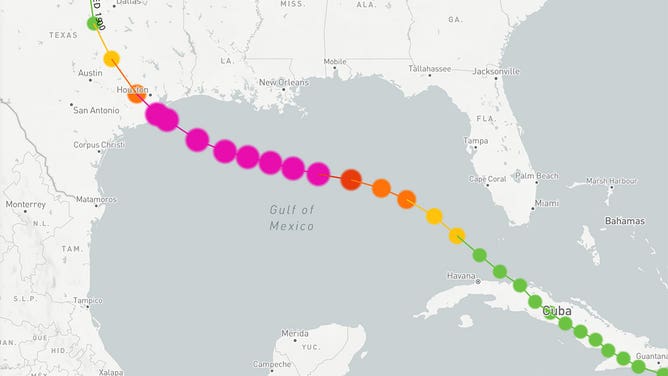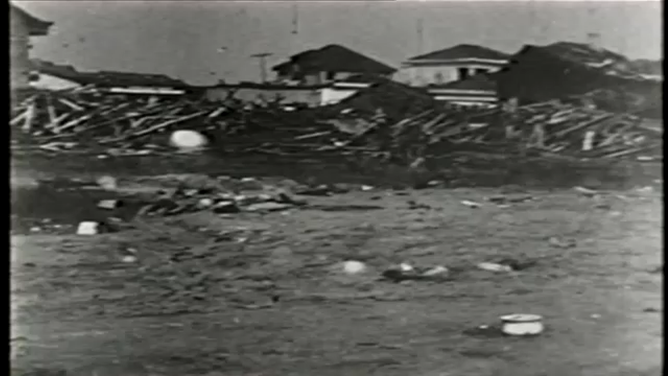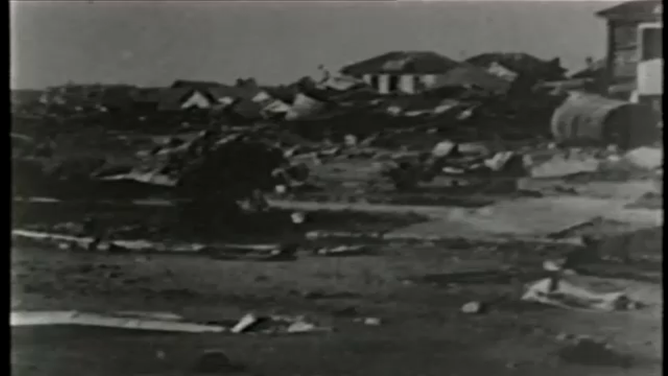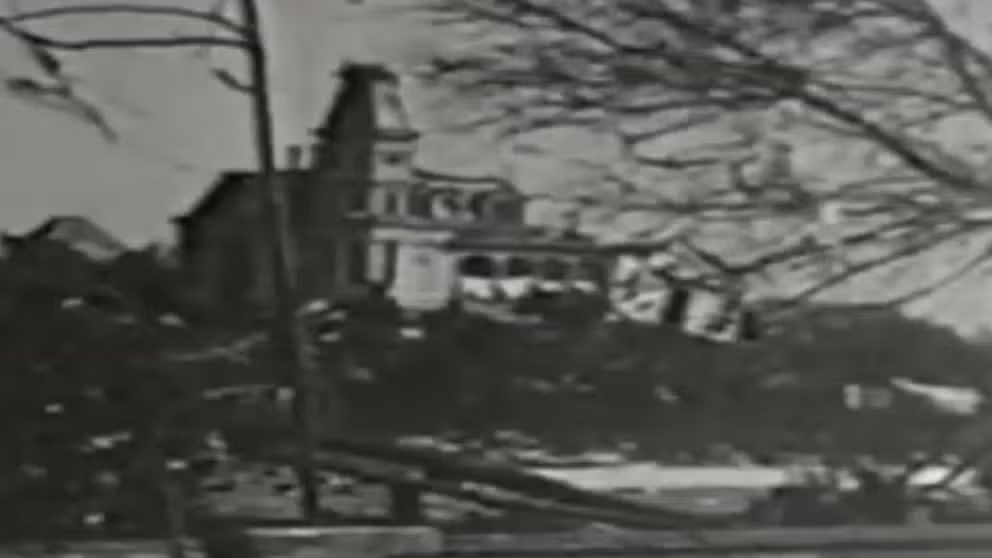Galveston Hurricane of 1900: Look back at deadliest weather disaster in US history
As many as 12,000 people died in the Category 4 storm that changed the coastal Texas city forever and led to the construction of the iconic Galveston Sea Wall.
Bryan Norcross looks back at the Great Galveston Hurricane of 1900
FOX Weather Hurricane Specialist Bryan Norcross talks about the Great Galveston Hurricane of 1900, which is still the deadliest weather disaster in U.S. history.
GALVESTON, Texas – On Sept. 8, 1900, a monstrous Category 4 hurricane slammed into one of Texas’ most populous cities – Galveston.
As many as 30,000 people lived in Galveston at the time of the storm. Between 6,000 and 12,000 people are believed to have been killed by it. The Great Galveston Storm is still the deadliest weather disaster in U.S. history.
PHOTO GALLERY: THE WORST 25 HURRICANES OVER THE LAST 25 YEARS
Galveston Hurricane of 1900: Look back at deadliest weather disaster in US history
Galveston Hurricane history
When adjusted for inflation, the hurricane is estimated to have caused $104.3 billion in damage.
The storm
According to an account of the storm by the National Weather Service, word of a terrible storm that had wiped out parts of islands in the Caribbean had been telegraphed to the United States. Sailors began arriving at the port of Galveston with tales of horrible weather in the Gulf.
Heavy rain began pounding Galveston Island about 4 a.m. Sept. 7, followed by large waves and rapidly falling barometric pressure – a sure sign that a storm was coming. That was when the Weather Bureau station hoisted their hurricane flag.
WHAT DO THE DIFFERENT FLAGS AT THE BEACH MEAN?

The path of the Great Galveston Hurricane of 1900.
(NOAA)
By the evening of Sept. 8, 100-mph winds were measured at the Weather Bureau before the anemometer was ripped off the building. It’s estimated that the storm had winds of 145 mph at landfall. Those tremendous winds pushed a 15-feet-deep wall of water over Galveston Island. The highest point on the island at the time was about 9 feet above sea level.
It’s estimated that between 2,000 and 4,000 buildings were destroyed by the storm. About 20% of the island’s population perished.
Rebuilding Galveston
The residents of Galveston worked tirelessly to rebuild the coastal boomtown while keeping the potential damage and loss of life from future storms in mind.
One of the biggest mitigation projects that came out of the 1900 hurricane was the Galveston Sea Wall. It was built to protect the city from future storm surge. Initially, it was built to protect 50 blocks of the town. Today, it stands 17 feet tall and stretches along 10 miles of coastline. It also serves as the longest continuous sidewalk in the U.S.
HOW TO PREPARE FOR HURRICANE SEASON

Parts of Galveston are seen in shambles after the Great Storm in September 1900.
(Edison/FOX News)
Much of the island was also raised after the Great Galveston Storm. Workers dredged sand from the channel and pumped it into the center of the island. Within a decade, about 500 city blocks had been raised from just under 9 feet to 11 feet above sea level.
Changing Galveston’s future
Galveston was well on its way to becoming a focal point of commerce and population in 1900, making it not only one of the most important cities in Texas, but also along the Gulf Coast.
The hurricane of 1900 changed all that.

Parts of Galveston are seen in shambles after the Great Storm in September 1900.
(Edison/FOX News)
After the storm, the booming port city was left in shambles. Docks, homes and businesses had been washed away.
While the residents of Galveston worked to rebuild, many started to believe that Galveston was too vulnerable to play host to such an important economic engine. By 1914, a channel had been dug to neighboring Houston, which was much smaller in size at the time of the storm, and a port was opened there.
With that move, so went the jobs. Before the storm, about 40,000 people lived in both Galveston and Houston. By 1910, Galveston’s population had dropped to under 40,000, while Houston’s jumped to near 80,000.
HOW ARE HURRICANES RATED? THE SAFFIR-SIMPSON HURRICANE WIND SCALE EXPLAINED

Parts of Galveston are seen in shambles after the Great Storm in September 1900.
(Edison/FOX News)
Hurricane forecasting
One of the few good things to come out of the 1900 hurricane was a focus on improving hurricane forecasts.
At the time of the Galveston storm, forecasters used mainly direct observations, such as wind speed, wind direction, cloud formations and barometric pressure, to determine whether a storm was approaching.
After the storm, telegraph and radio signals from ships were used to help build an observational network aimed at giving forecasters a more accurate way to forecast storms.

